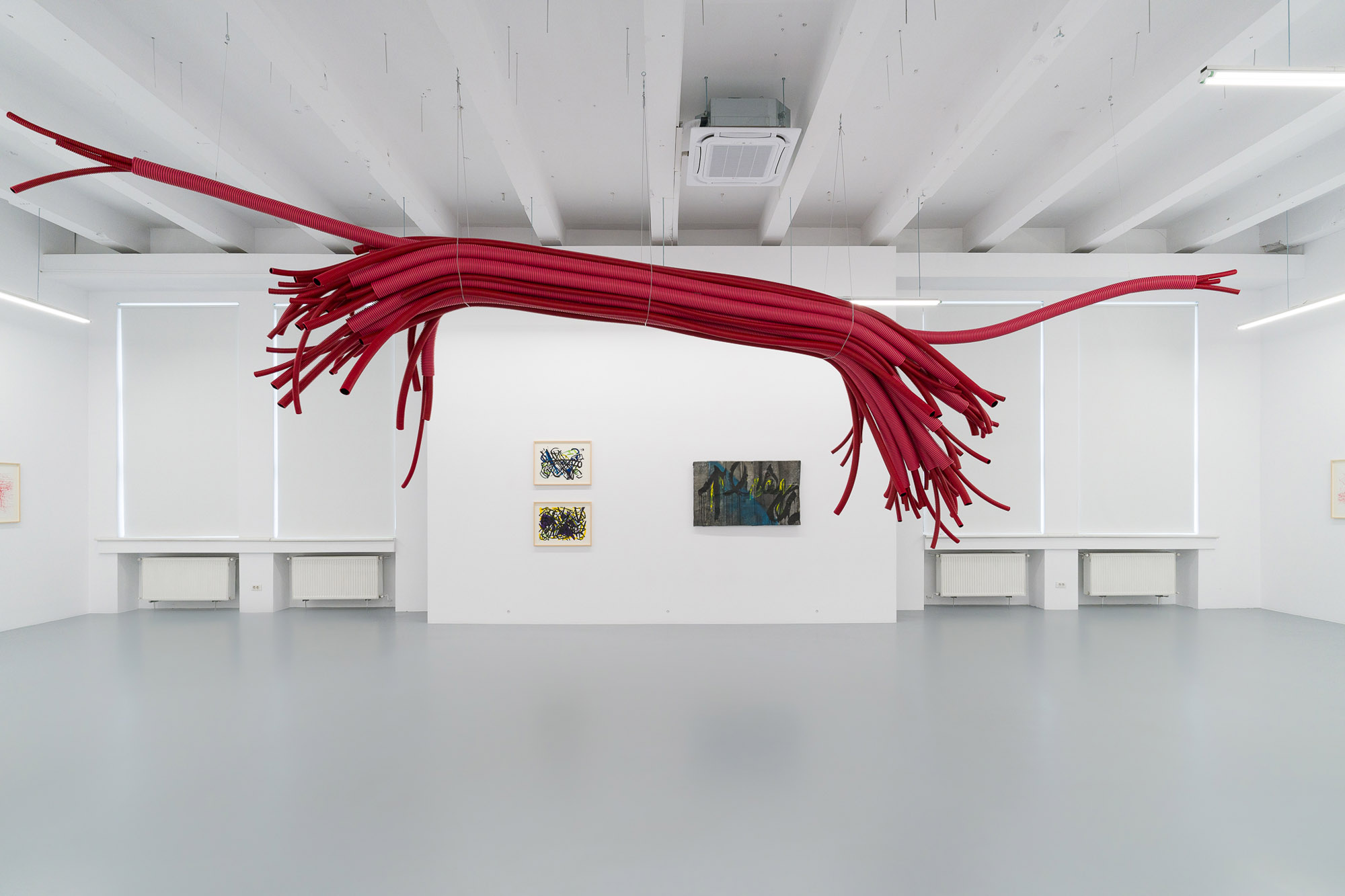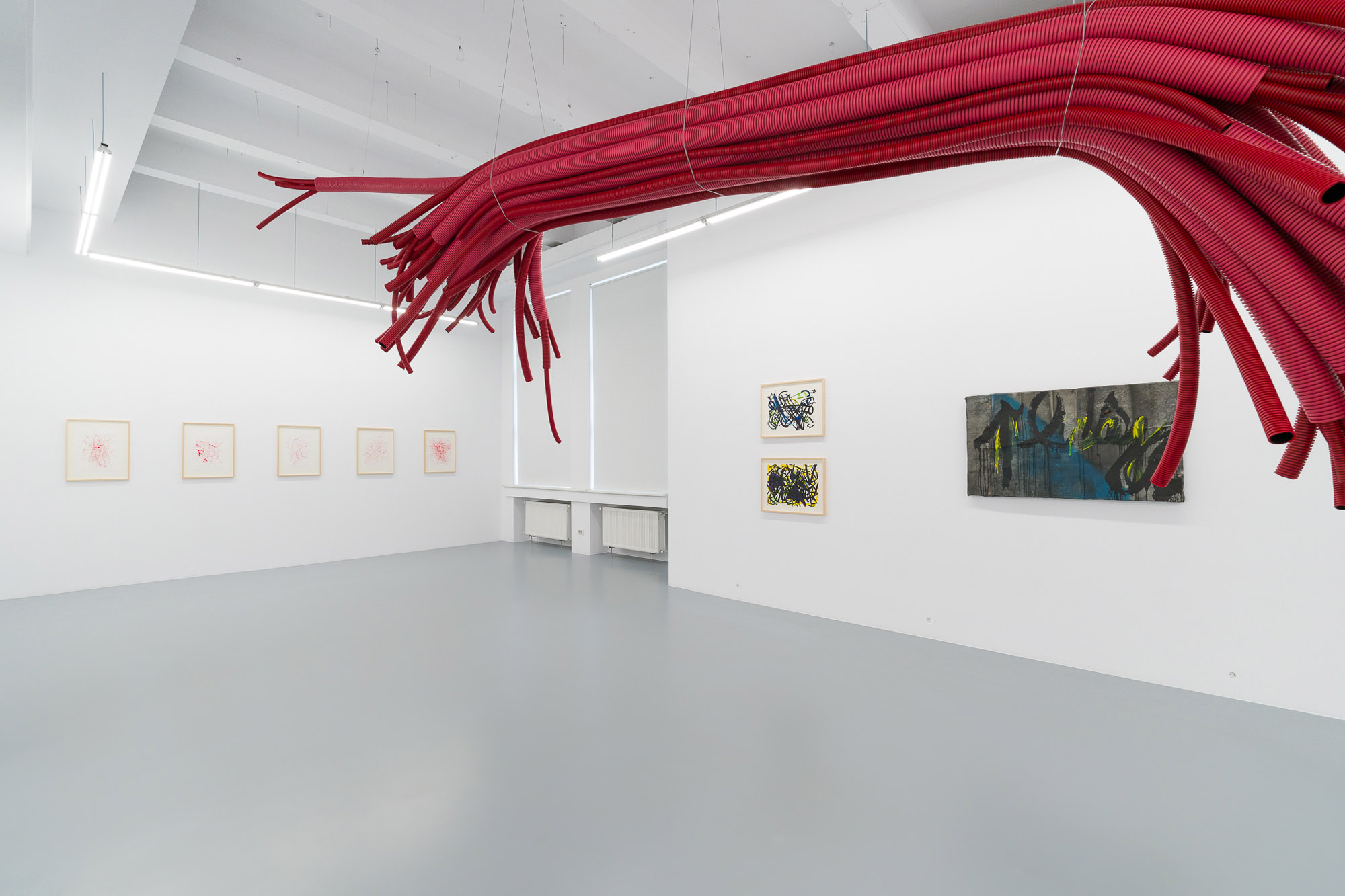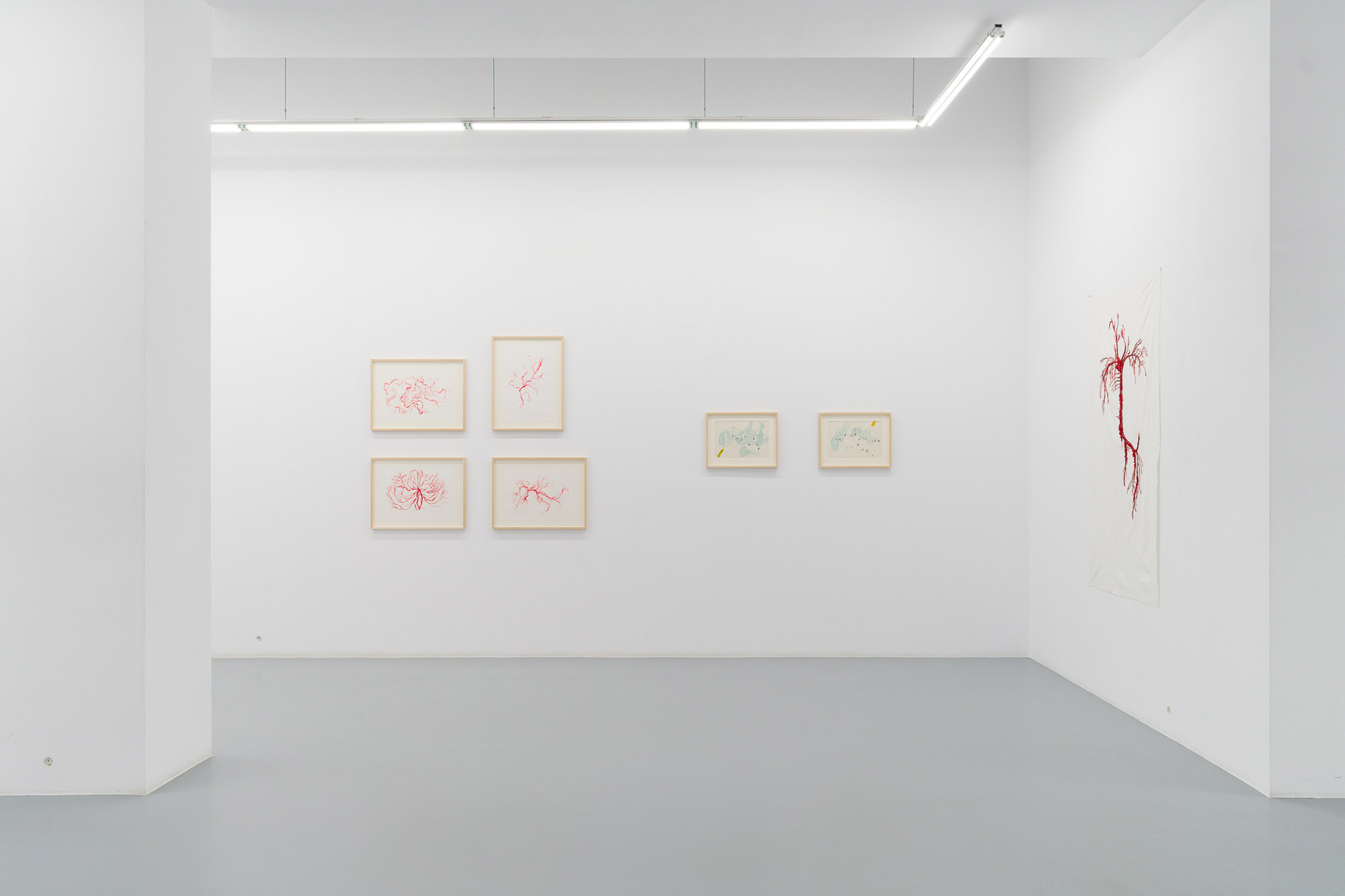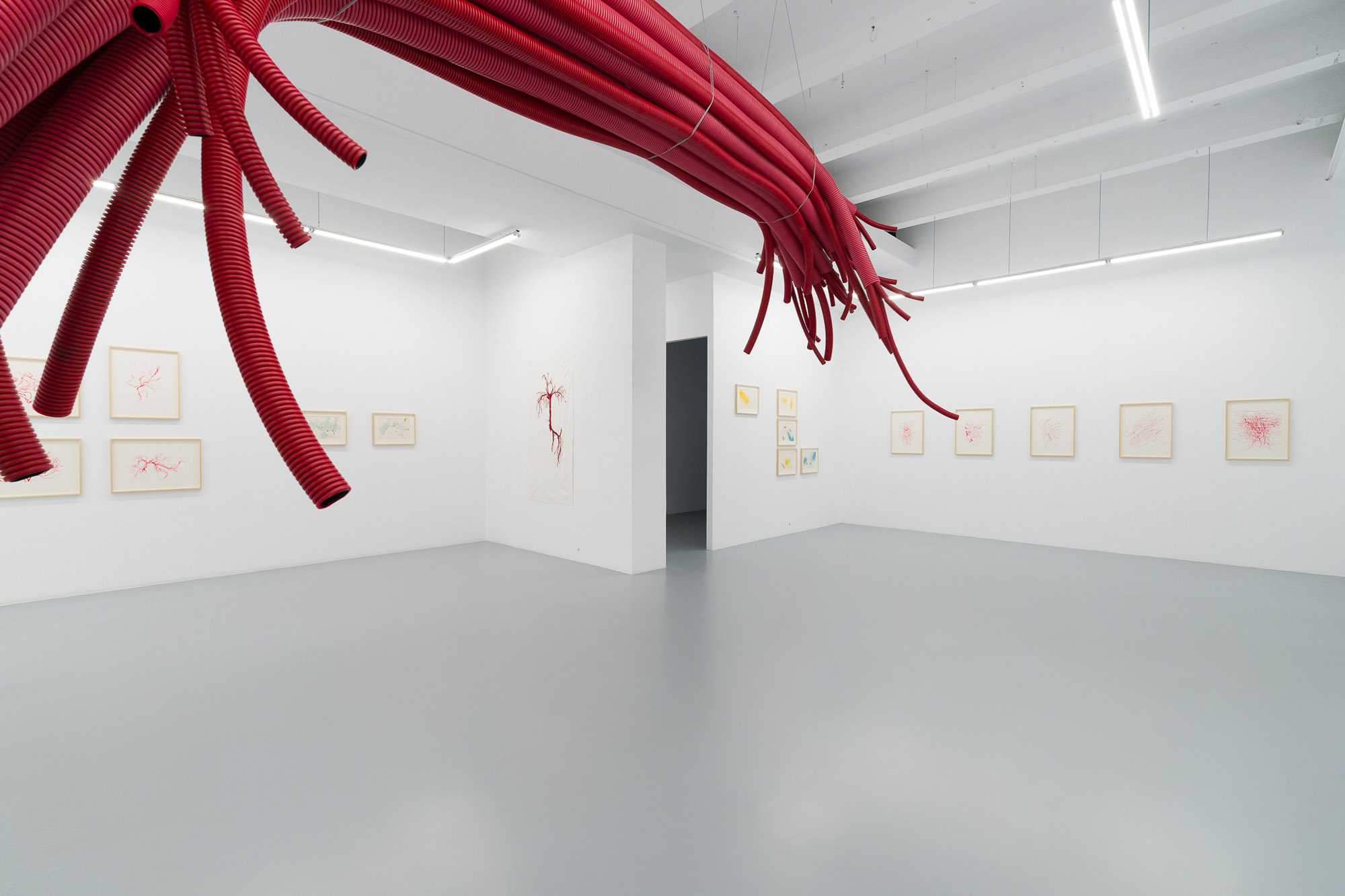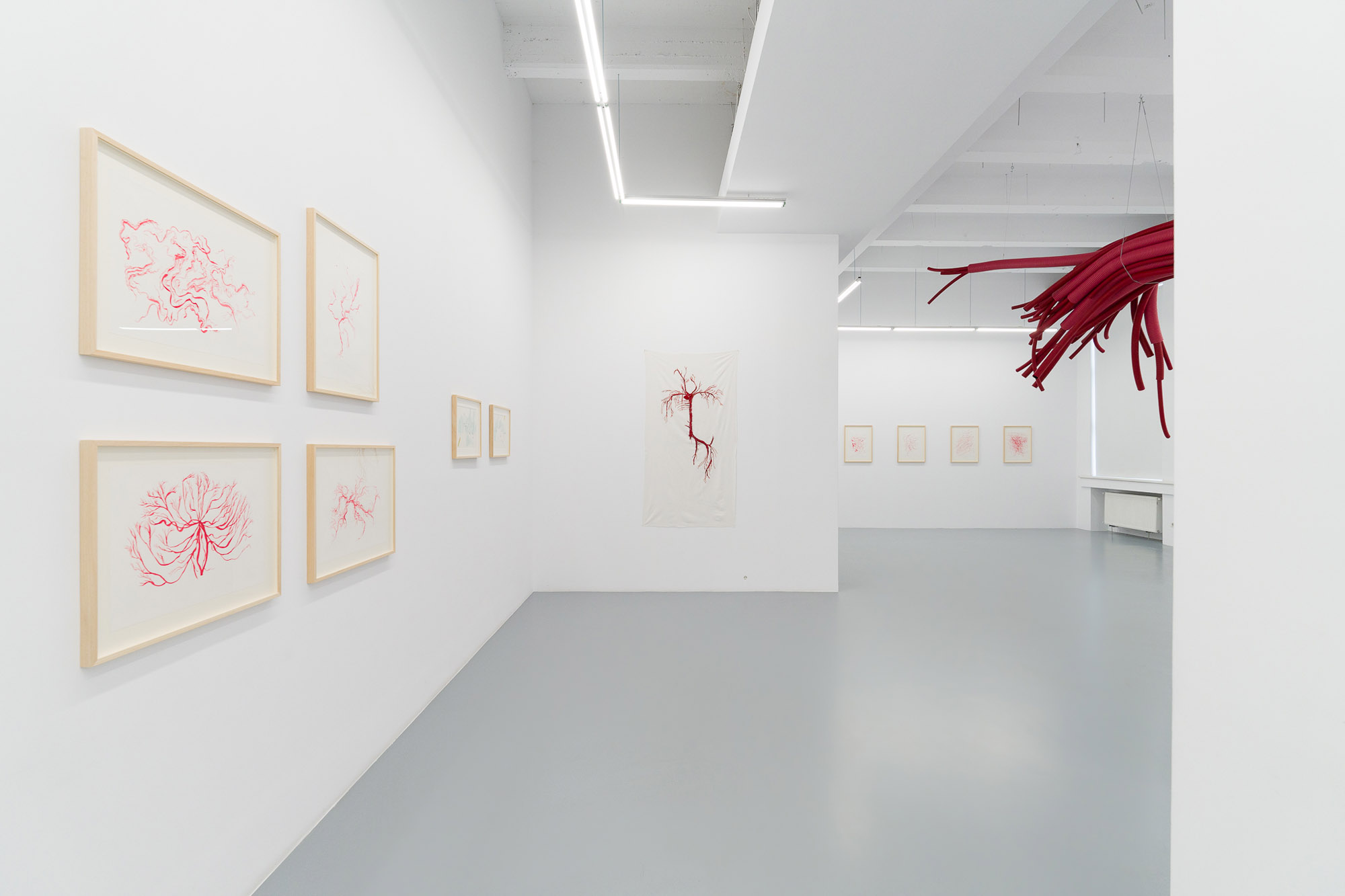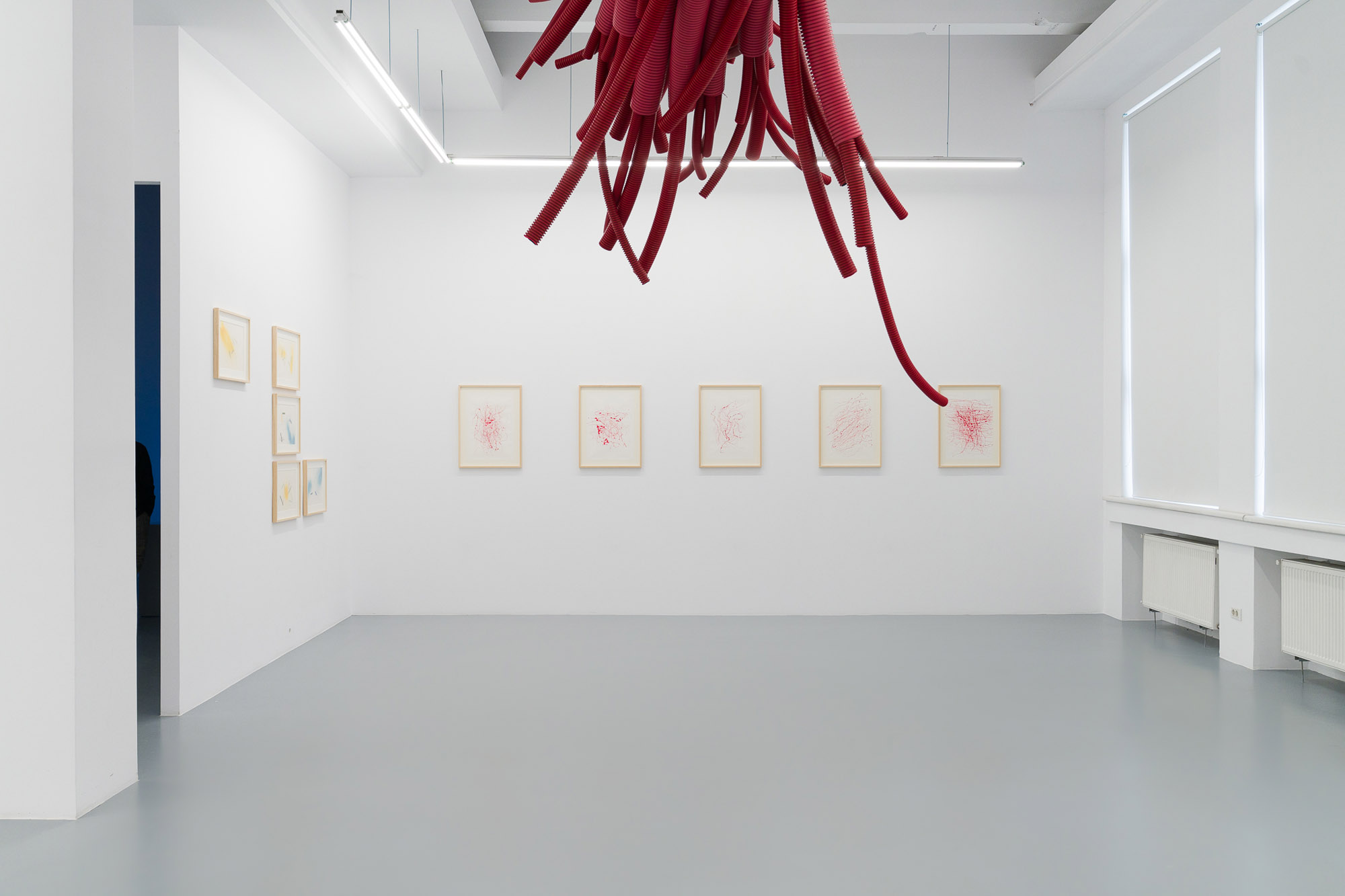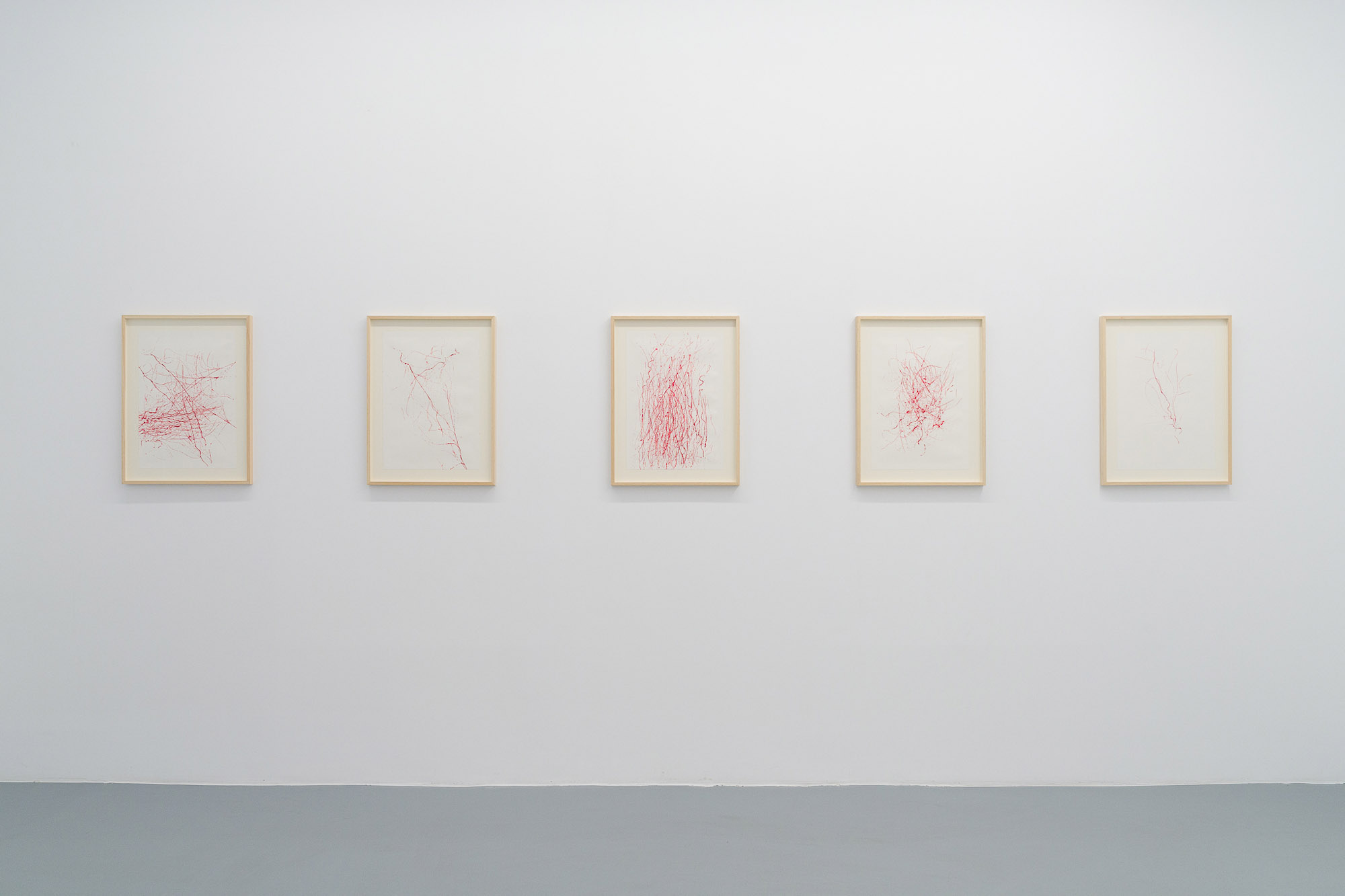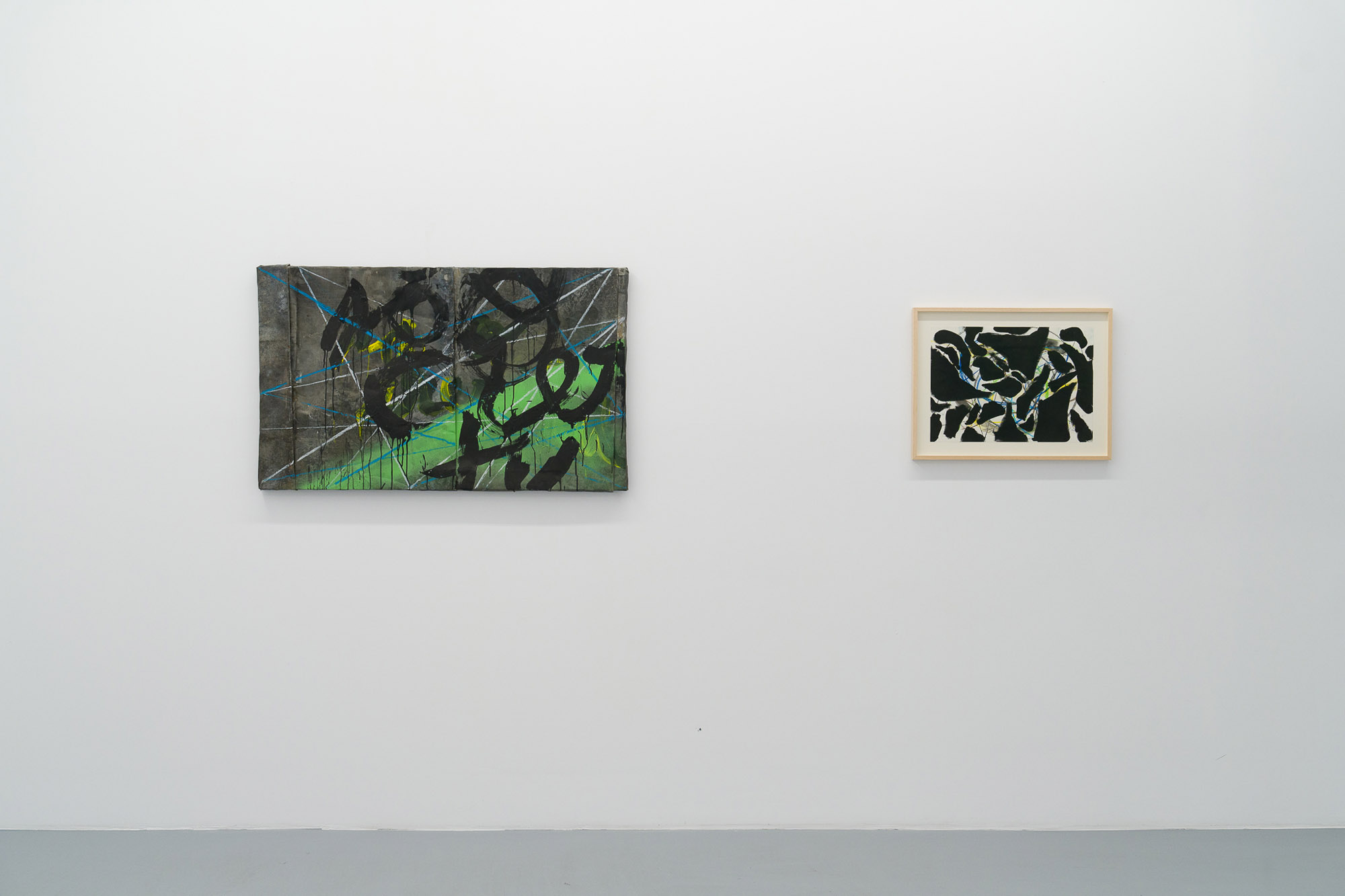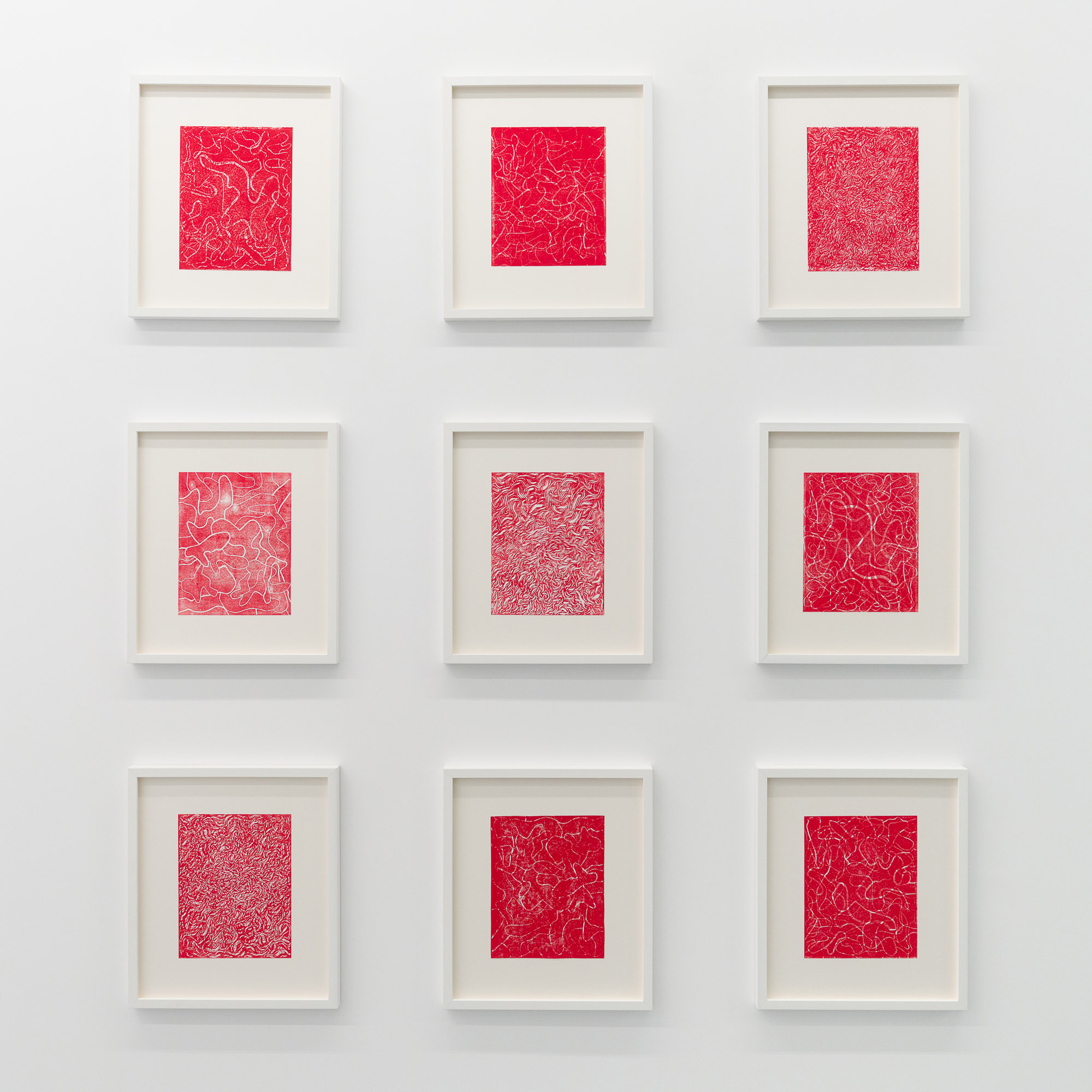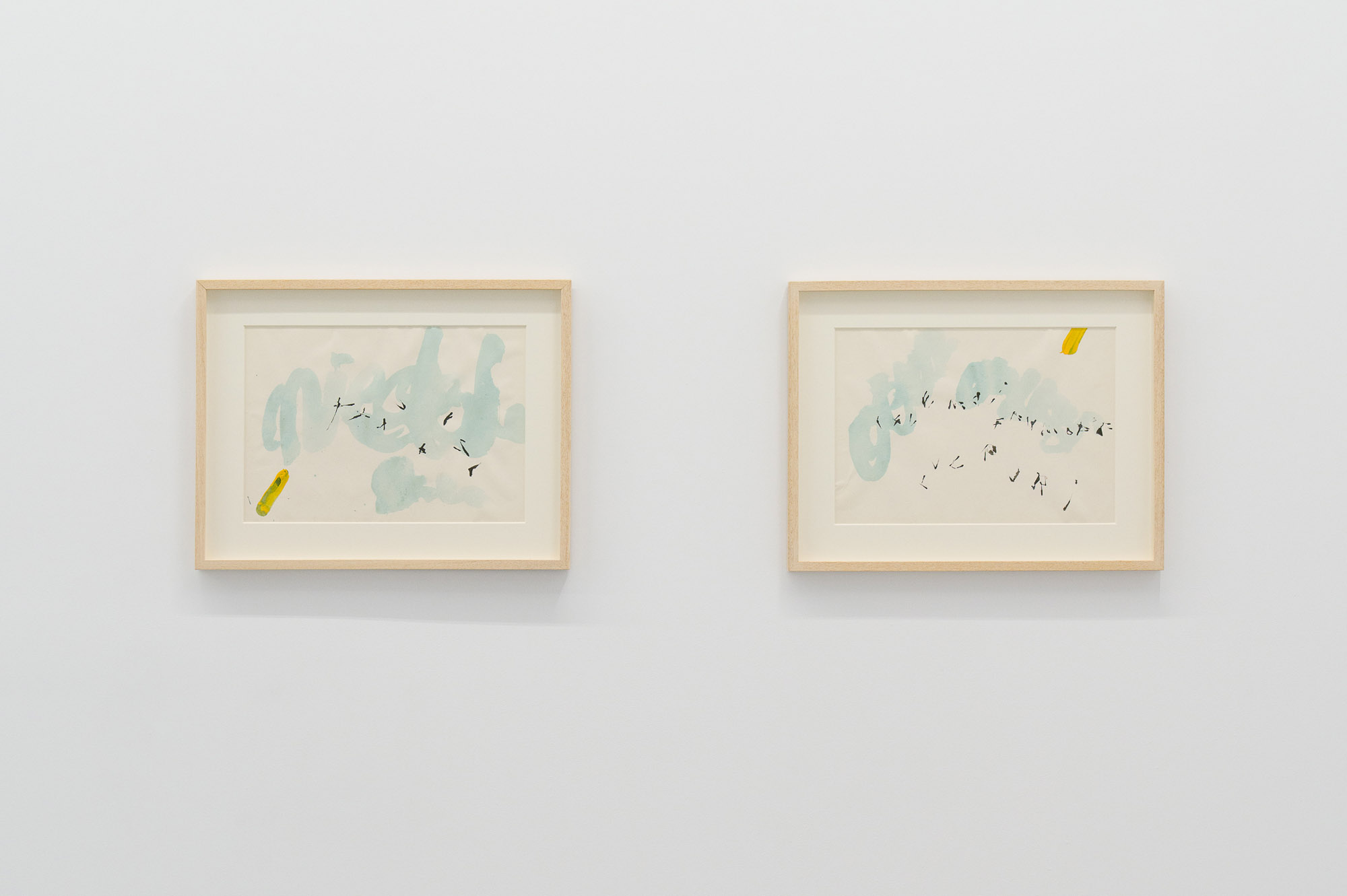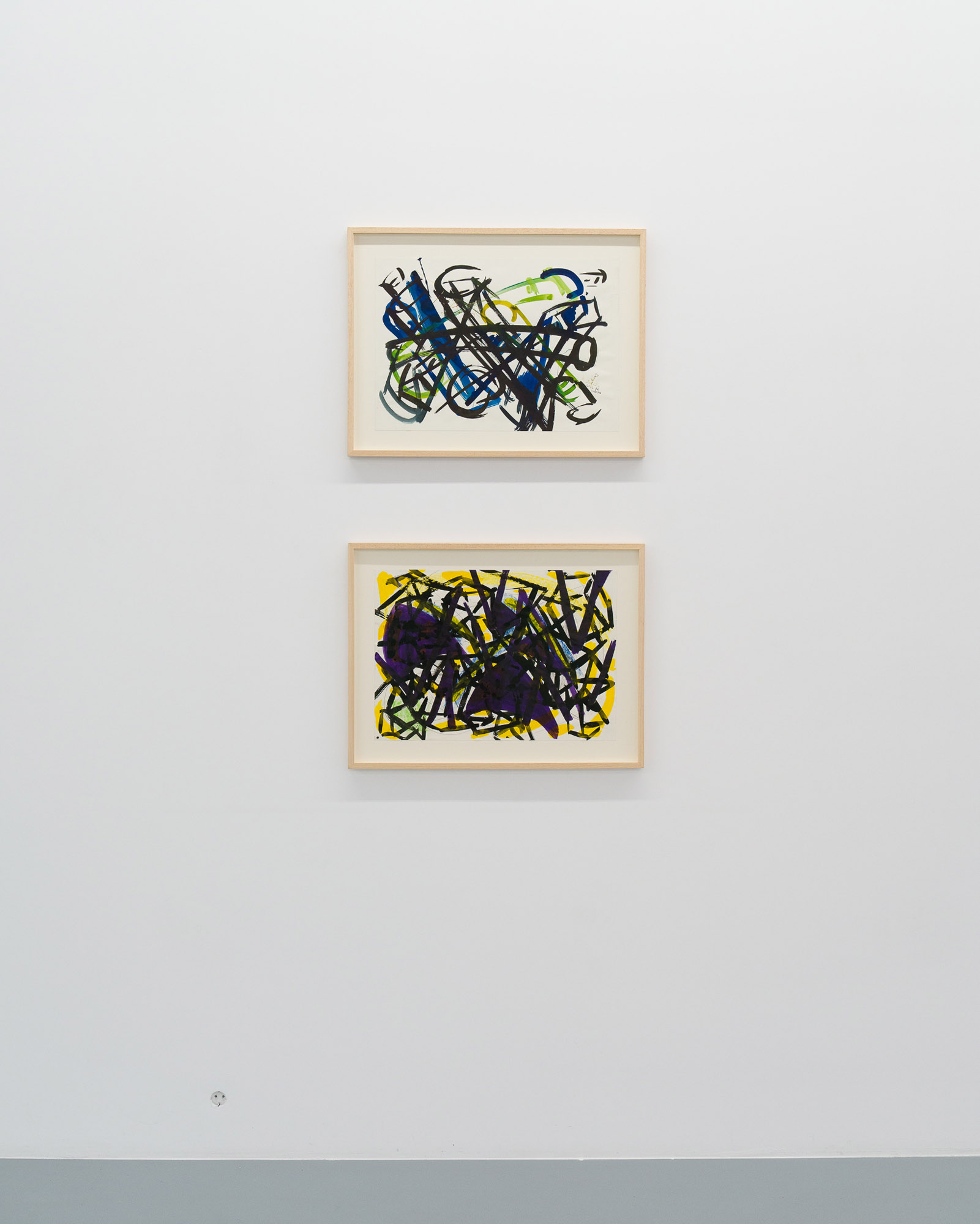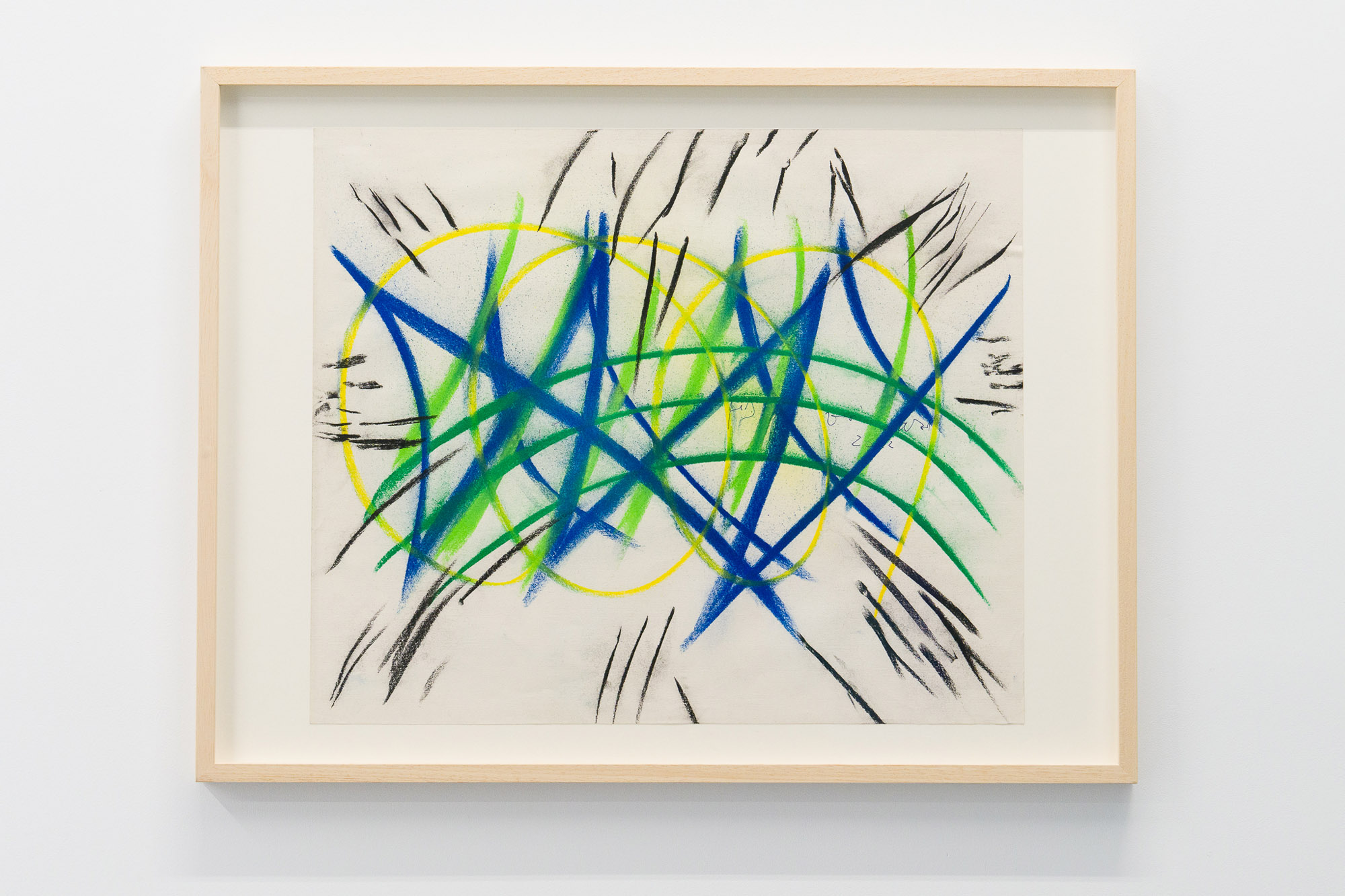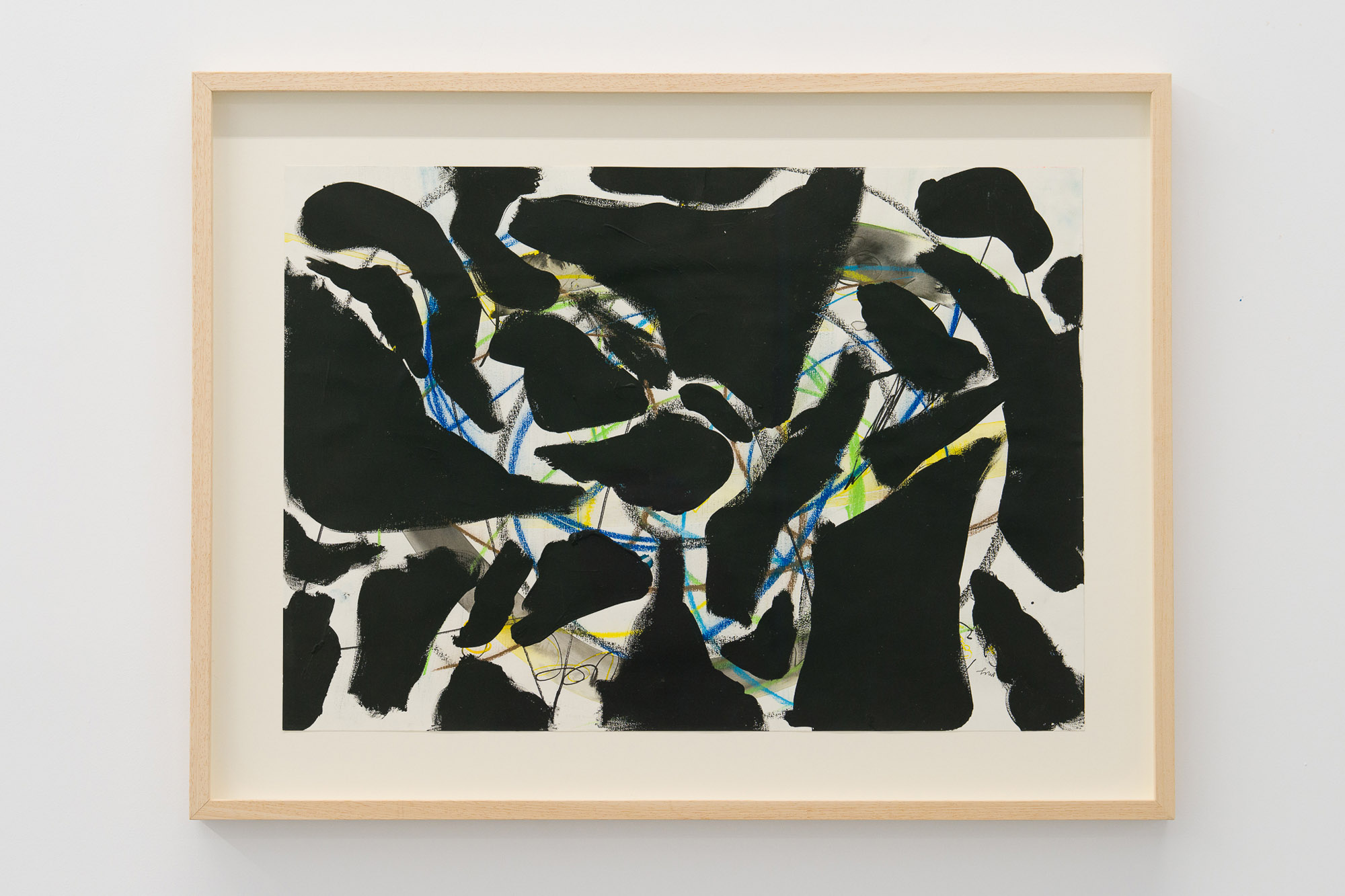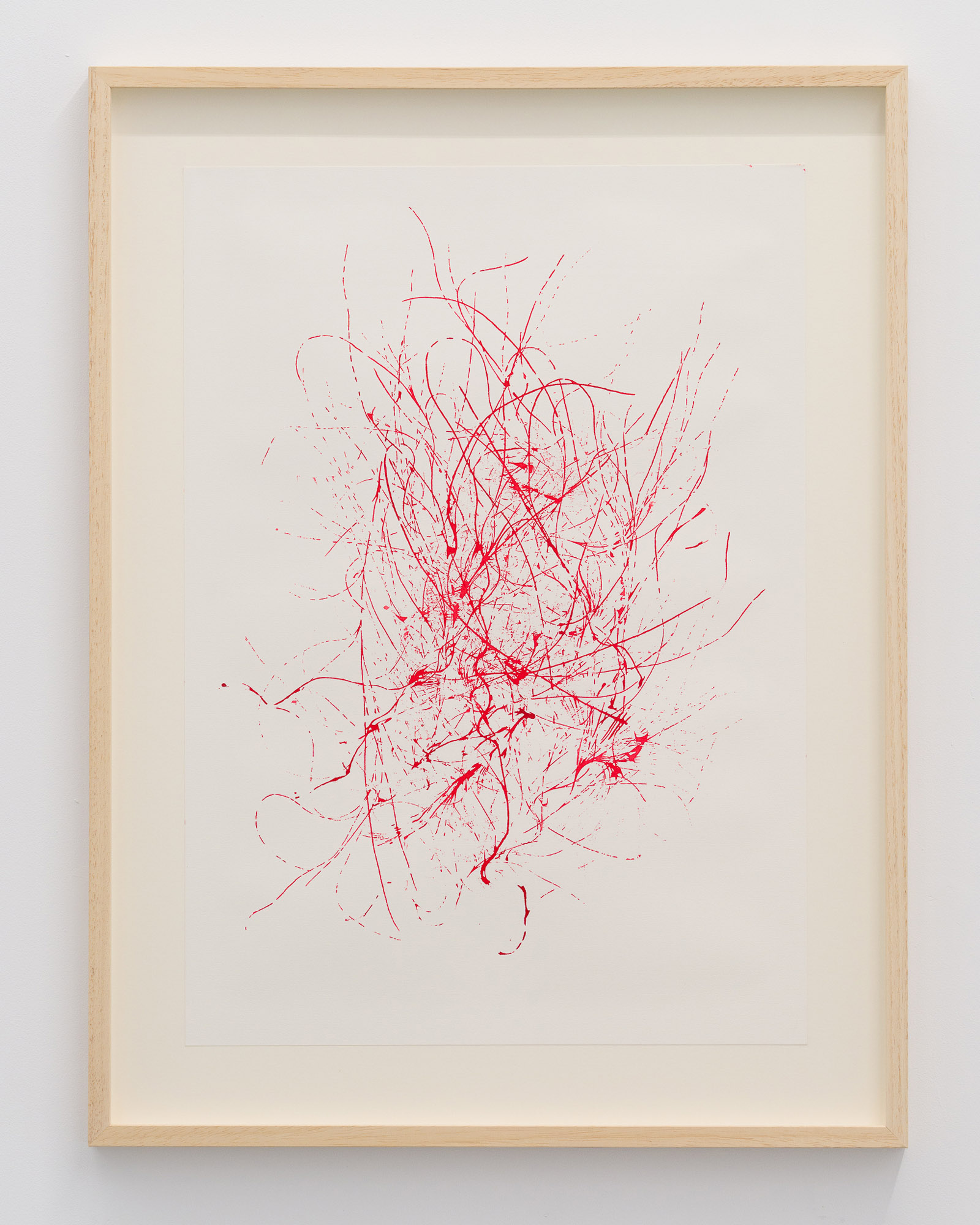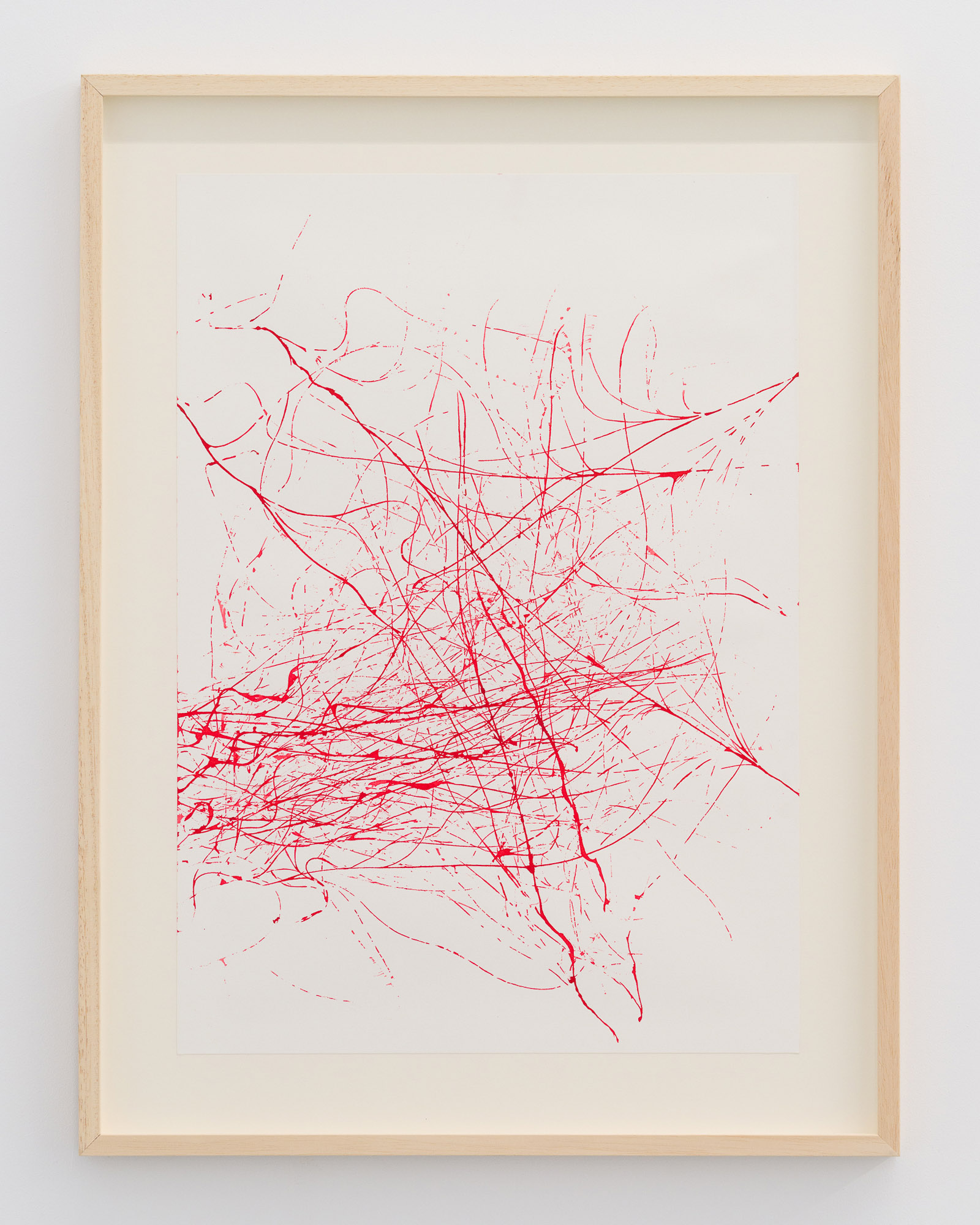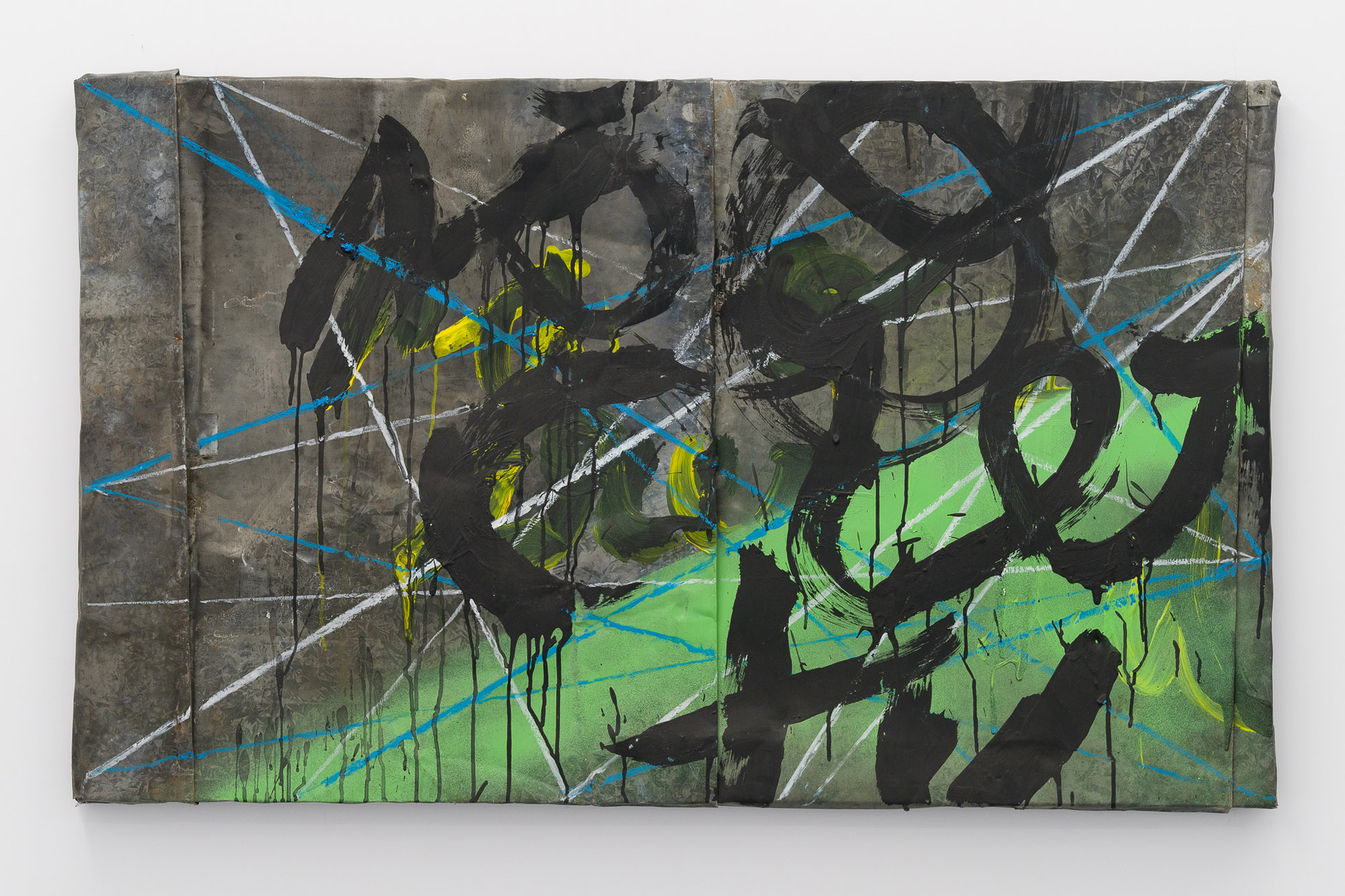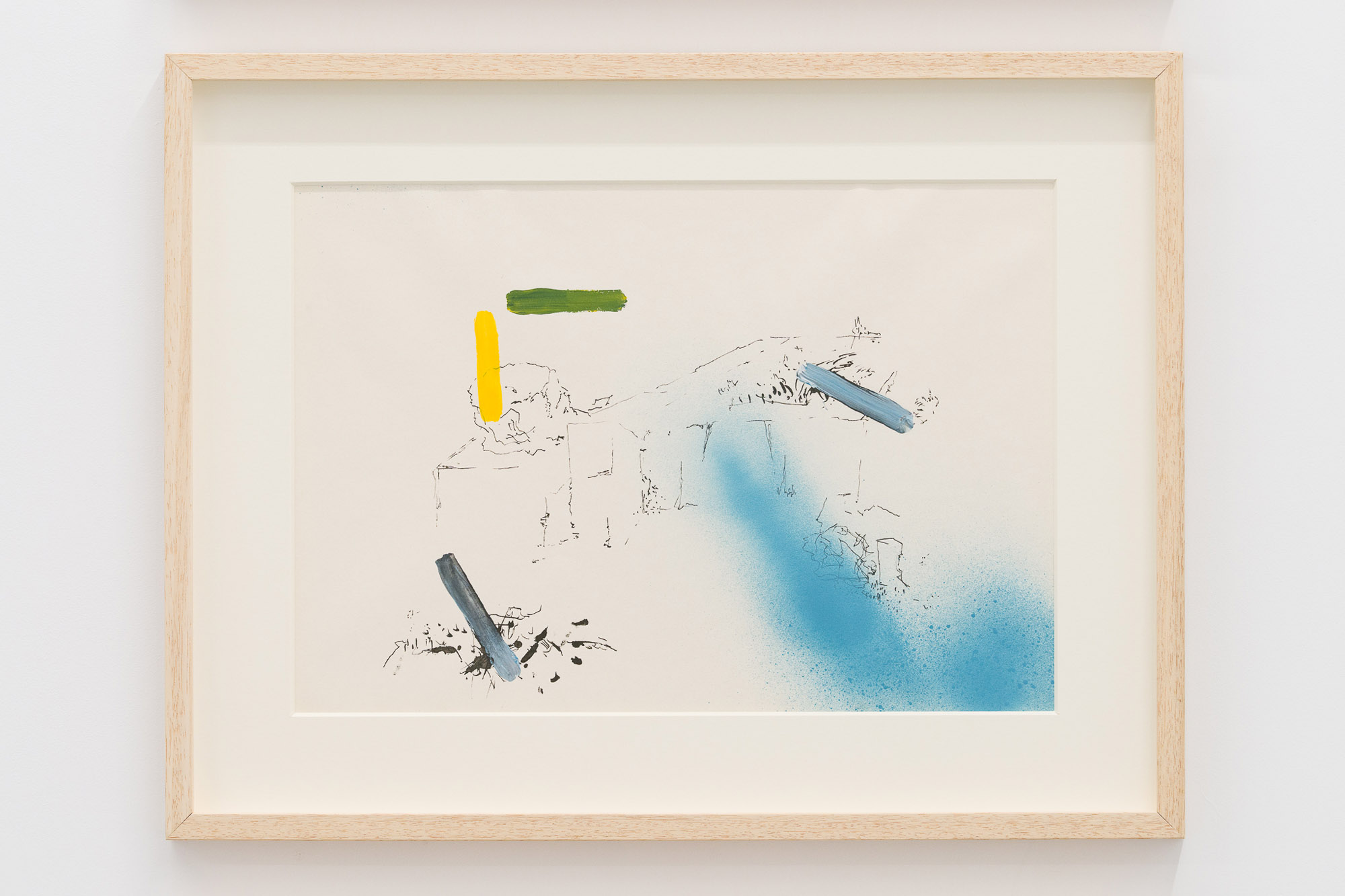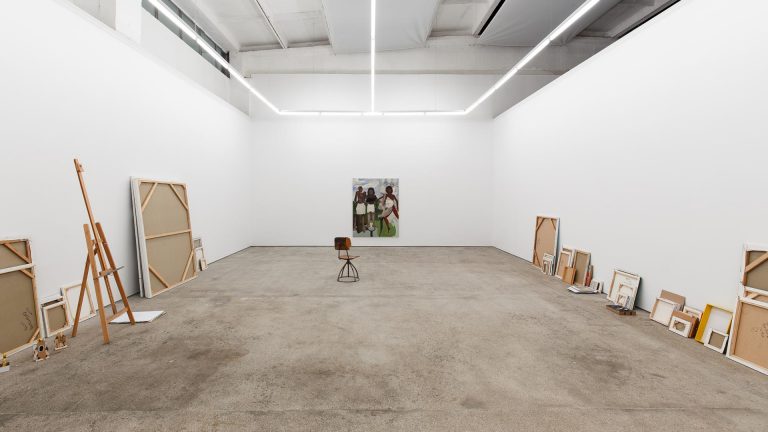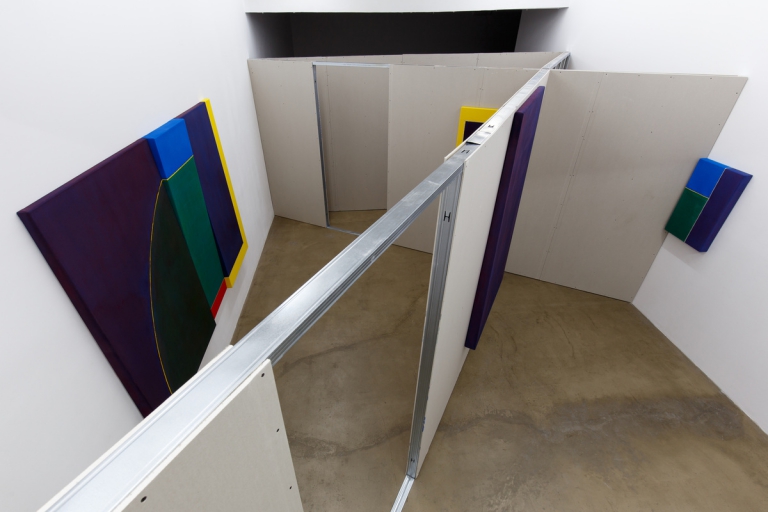Artists: Magdalena Pelmuș and Bogdan Pelmuș
Exhibition title: Common Body
Venue: Arsmonitor, Bucharest, Romania
Date: April 24 – June 6, 2024
Photography: IONUȚ DOBRE / all images copyright and courtesy of the artists and Arsmonitor, Bucharest
The “COMMON BODY” exhibition presents a selection of recent works by the artist couple Magdalena and Bogdan Pelmuș, a synthesis of maturity in their artistic endeavors over the past 20 years of activity. Bringing together a series of objects and images, including drawings, paintings, ready-mades, and videos, it serves as a gesture of reflection and recovery of the fragility and vulnerability of the human body in the present.
Magdalena and Bogdan Pelmuș are among the artists active after 2000 whose practices are based on collaboration and artistic organization, engaging with new themes and mediums in their discourse, from performance and installation to the internet, happenings, and video. Their approach represents a significant contribution to the Romanian contemporary art scene over the past 20 years, standing out as an emblematic duo of survival in a post-communist artistic space marked by continuous transition. They have developed a series of initiatives and actions questioning the major social, technological, and political shifts since 2000 and the effects of globalization in the Eastern Bloc. Starting in 2006, they have generated various forms of artistic self-organization and autonomy, from artist groups to artist-run spaces and various collective projects, including Sursa Group, Glocal History, Loading Open Lab, and Hybrid Manifestation. Alongside their career as an artistic duo, they have also continued their personal projects and exhibitions.
Symbolically, the “COMMON BODY” exhibition questions the paradoxical assemblage of the human body, reflecting on the idea of unity and complementarity of the opposing elements that constitute it: on one hand, the arterial structure of the physical body, and on the other hand, the dynamic expression and chromatic energy of the psychic body. In this sense, anthropic cohesion is displayed and explored through a series of metaphors referring to dissection, anatomical study, as well as indexing the traces of memory and psychoses. The bloodstream and the psychic field, despite differences in content and form, form a common body in a relationship of strange adherence and complementarity.
In the case of the two artists, beyond the visible differences describing their artistic practices, their works can be perceived more as witnesses to a continuous process of personal realization. Behind appearances, cruelty, impulsiveness, hyperactivity, or marginality are thematic traps whose role is to defend and protect human sensitivity, vulnerability, and fragility.
Although the discourse of contemporary art has familiarized us with terms such as posthumanism, the Anthropocene, and other ideological derivatives of “critical theory,” often their attitude and works are not directly related to the ideas and general mission of postmodernism. The current exhibition, even though it examines the human body in the form of dissection and psychological analysis, is not about “deconstruction” and does not praise the post-human. On the contrary, “COMMON BODY” can be perceived as a recuperative gesture of anthropic unity, a poetic reflection on the “microcosm,” of course, with the help of specific aesthetic formulas of contemporaneity.

